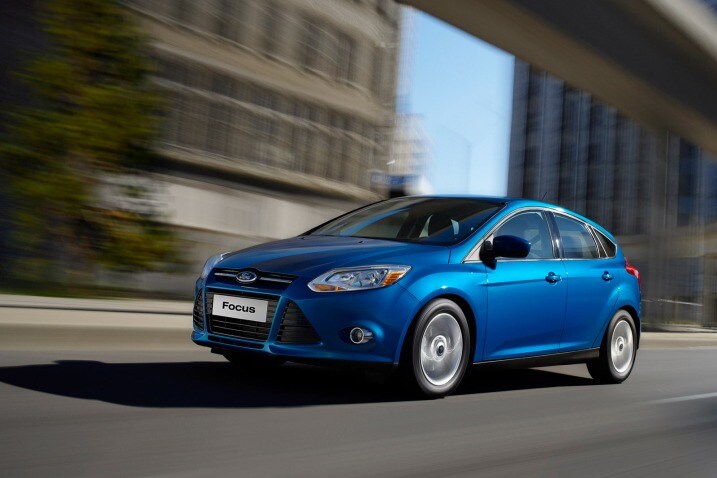Follow the Color Crowd or Break Away?
Since 2006, white has been the No. 1 car color in North America, says Nancy Lockhart, color marketing manager at Axalta. It increased another 6 percent in popularity in 2013, she says.
And in the last three years, "white has taken off globally," says Jane Harrington, manager of color styling for PPG Industries, which tracks car color popularity.
People pick a color to express one of two things, says Jim Parker, head of exterior color and trim for the Chrysler Group. "It's either what they feel about themselves or what they think they would like to feel about themselves."
A muscle car in deep black may be giving off a ''badass'' energy, he says.
Those who choose white may feel they need an escape from the 24/7 interactive world, Harrington says. "White is this kind of sanctuary, a simple, less-is-more look," she says.
In his experience, men are less likely to hold out for a certain color than are women, says Larry Hurley, sales manager at the Ellis Family Stores dealership in Glendale, California. "A man might be willing to take a color he's not as happy with," he says, especially if he thinks the resale value may hold or the salesperson lowers the price.
Life issues can affect customers' color preferences, Hurley finds. He recalls hearing: "Anything but a blue car: My ex and I had blue." Other customers say, "No white; it looks like a rental car."






